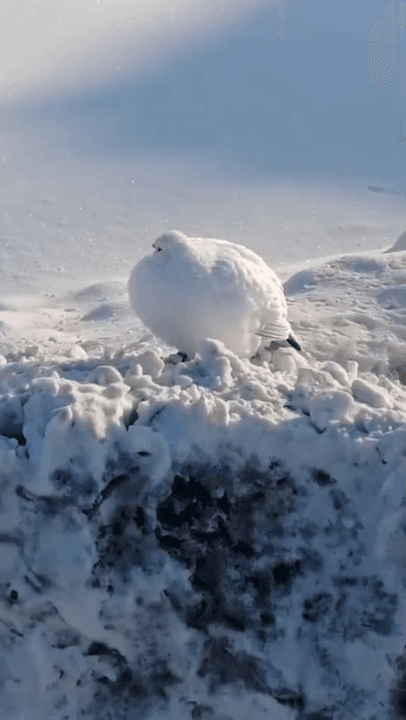
Hunting in Alibori: A Comprehensive Guide for Hunters – Exploring Opportunities, Challenges, and Conservation Efforts (PART 1) Nestled in the northernmost part of Benin, Alibori is a region that offers a unique and thrilling hunting experience. With its diverse landscapes, rich biodiversity, and cultural traditions deeply rooted in nature, Alibori has become a hidden gem for hunters seeking adventure in West Africa. This article delves into the essential aspects of hunting in Alibori, providing a detailed guide for enthusiasts. Geographic and Natural Features for Hunting: Understanding the Diverse Landscapes and Habitats of Alibori Alibori spans an area of approximately 25,697 square kilometers, making it one of the largest regions in Benin. The landscape is characterized by a mix of savannahs, dense forests, wetlands, and riverine ecosystems. Key geographical features include: The Niger River : Flowing along the eastern border, it provides abundant opportunities for waterfowl huntin
Post: 2 July 07:37









































